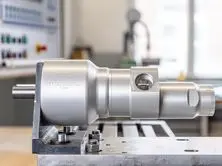
What to consider when choosing an air motor to drive a pump, mixer or conveyor. It is not as simple as choosing a motor and coupling to the pump, mixer or conveyor. Typical air motors will spin at up to double the loaded speed under low load conditions
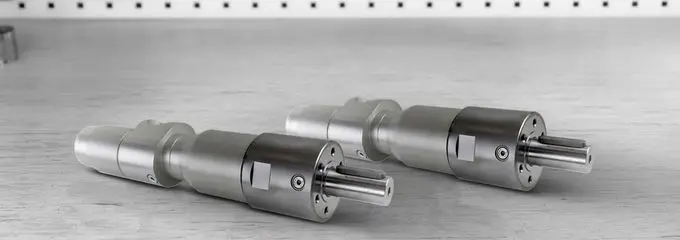
Deprag have released a comprehensive range of energy saving turbine powered air motors for industrial applications.
Tagged
ATEX approved tools,
pneumatic motors,
air motors,
atex approvals,
air engine,
Deprag,
hazardous areas,
Energy Efficiency,
green energy,
turbine powered tools,
high torque air motors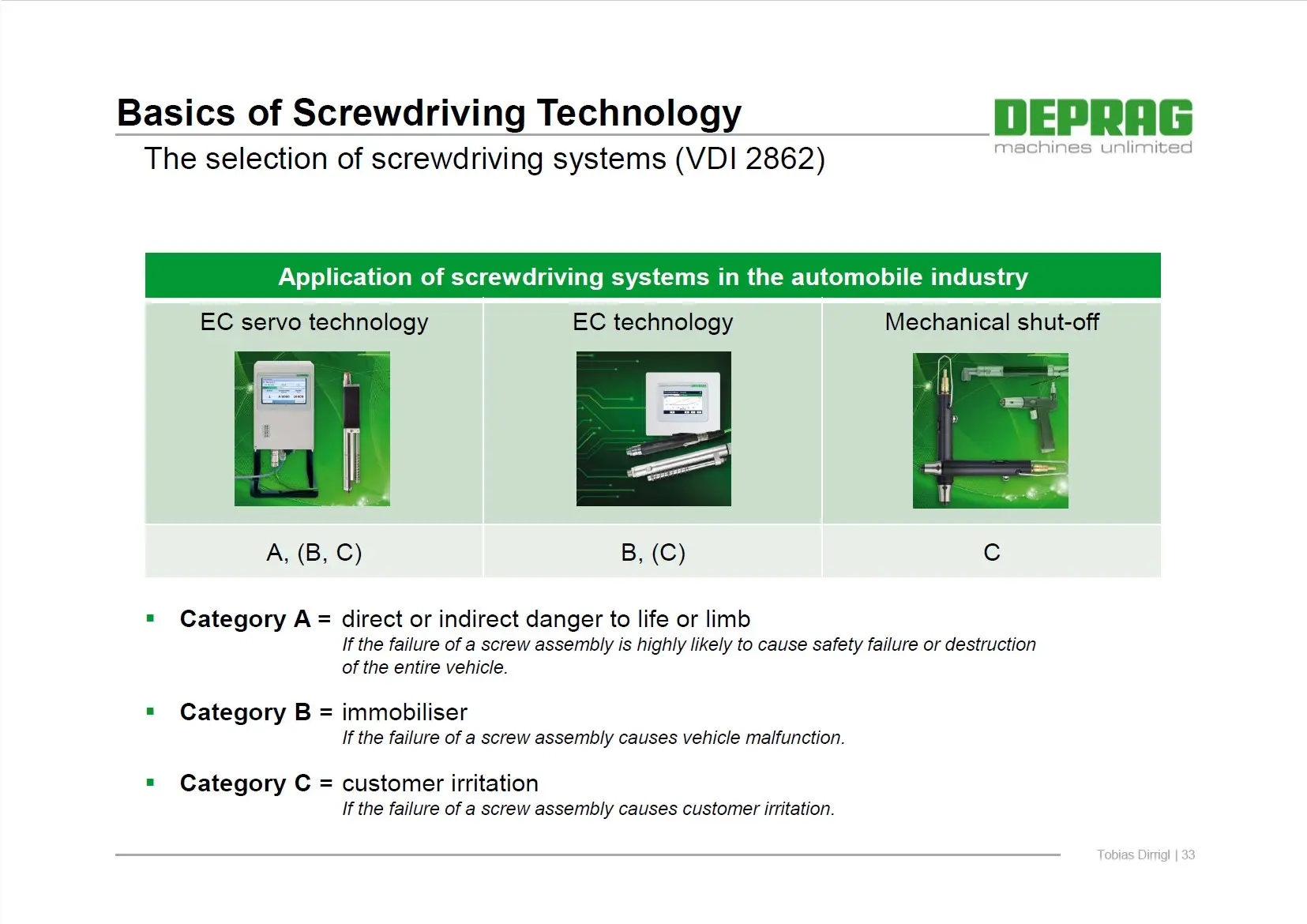
Torque controlled screwdrivers with mechanical shut-off clutches have been the mainstay of production line for decades, but in the last few years more sophisticated programmable electric screwdrivers are becoming more popular
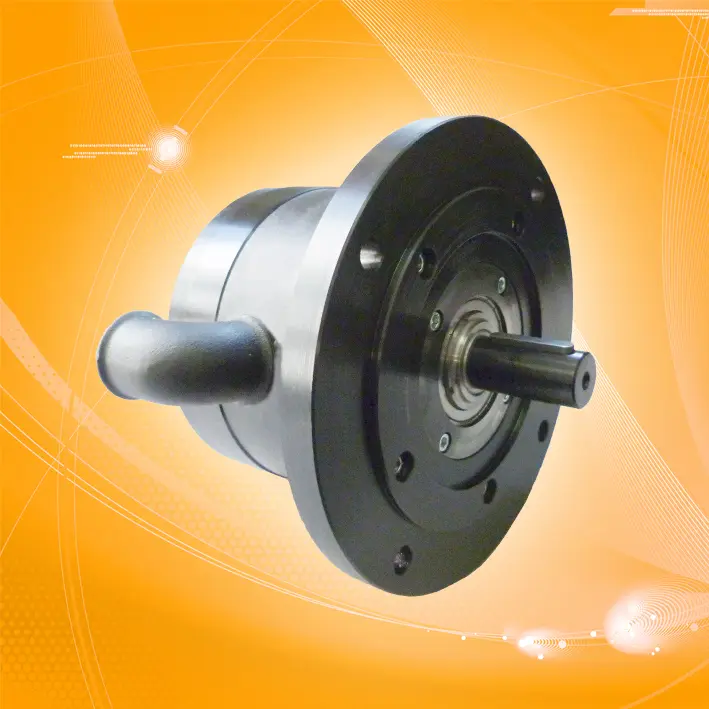
More ATEX approved high powered air motors.
Range of sealed stainless steel air motors significantly expanded.
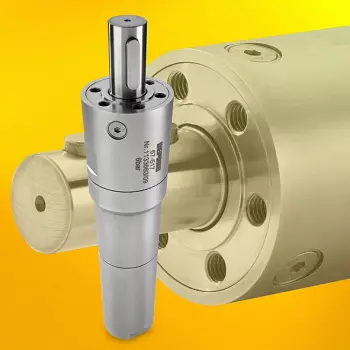
We've updated our Deprag Advanced Line air motor page with the new catalogue and some new specs.




